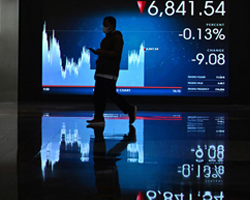The Market is Waiting for the US CPI Report | Daily Market Analysis
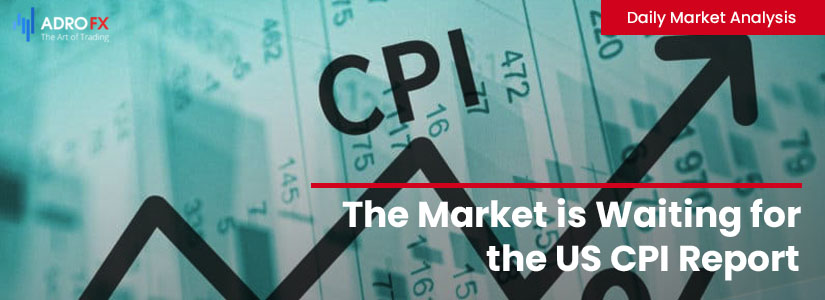
Key events:
Eurozone - ECB President Lagarde Speaks
US - EIA Short-Term Energy Outlook
US - FOMC Meeting Minutes
The escalation of the conflict in Ukraine has sharply increased risk aversion this week. The market is waiting for the reaction of the West, buying the dollar, and bonds as a protective asset are not working well now, as the Fed is still struggling to bring down inflation and key macroeconomic parameters, such as inflation and unemployment, have not yet shown the desired dynamics. Investors are waiting for the right time to buy, preferring to weather the storm in the cash dollar.
Good economic news continues to play the role of bad news for the market. Monetary policy can affect inflation through consumer demand management, and since the Fed's goal now is to slow economic activity, positive statistics are forcing it to raise rates harder or longer. Accordingly, the present values of the payment flows offered by the stock market (i.e., prices) adjust to reflect the new expectations for a risk-free rate hike, i.e., decline.
Last Friday's US unemployment report was a case in point, with job growth meeting expectations as well as pay increases. This week the market is gearing up for Thursday's inflation report, which is expected to point to a decline in overall inflation to 8.1% and an increase in core inflation to 6.5%. Core inflation will be key to the report, as it will reflect how effectively the Fed's policy is now dealing with the reduction of excess consumer demand, which is almost the main variable in the central bank's current tight policy.
Despite the behavior of US inflation and unemployment pointing to the expansion of the economy at the moment, other indicators suggest that the cooling of the economy is coming. For example, JOLTS job openings data showed a sharp decline in September, mitigating the supply and demand imbalance in the labor market:
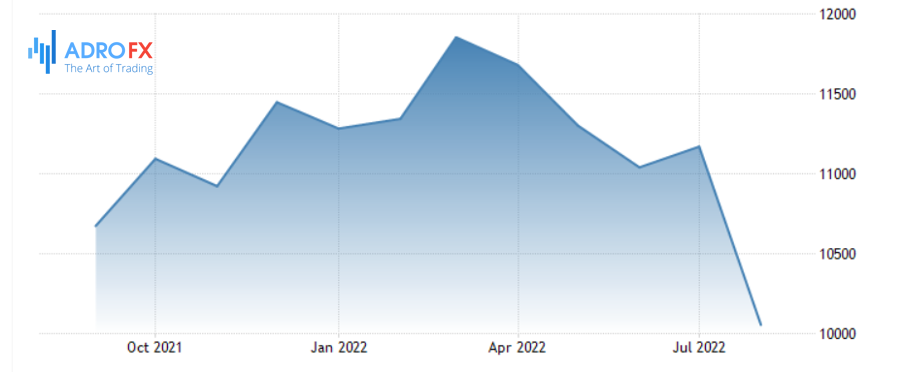
At the same time, data on used car prices from Manheim suggest a gradual weakening of the US consumer boom triggered by fiscal stimulus. There was a sharp decline in the price index in September, as shown below:
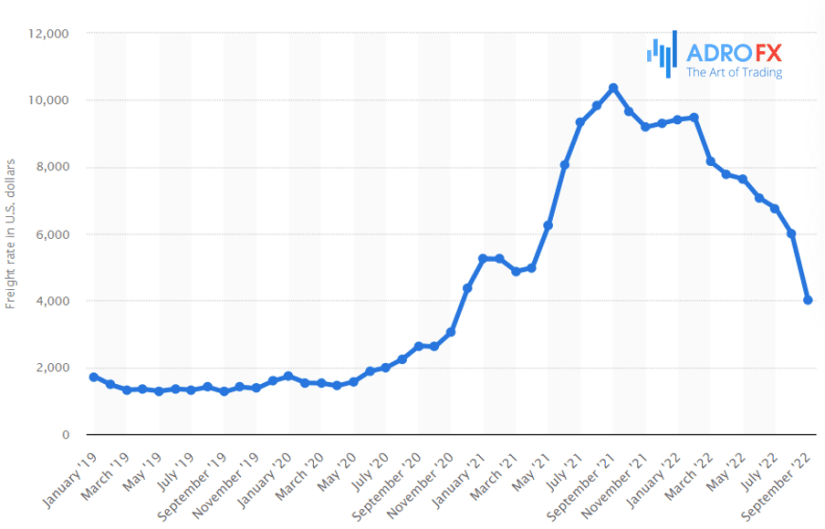
Ship chartering data point to declining trade between the US and China, a leading indicator for US economic activity and also foreshadowing its weakening in the coming months. There was also a sharp decline in this index in September:
The stock market also shows a moderately negative dynamic, with the European indices dropping no more than 1%. The S&P 500 futures are trading near the 3600 level from which the market rebounded in early October on speculation the Fed might cut the pace of rate hikes or end its tightening this year.
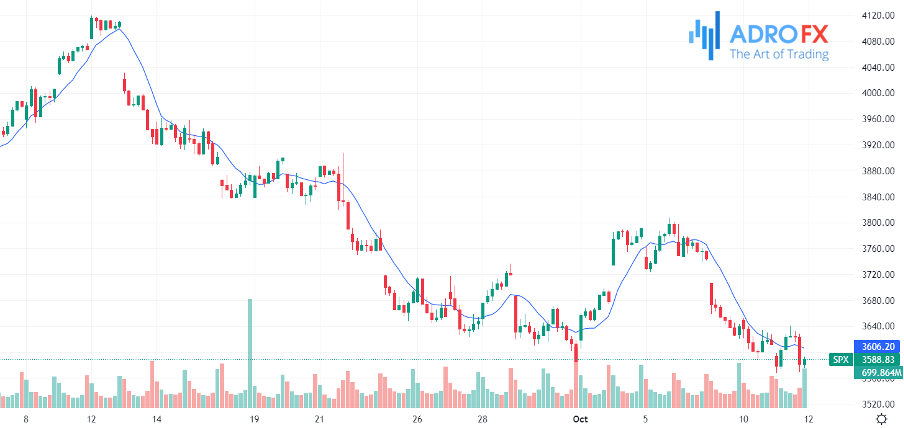
European currencies are showing a slight plus, but optimism about them is rather fragile, given the OPEC vector (strengthening price power) and the high dependence of European countries on cheap gas and oil supplies from outside. The sell-off in the government bond market is on pause. The market is waiting for the release of the CPI report to decide on the future outlook for the one- to the two-week interval.


